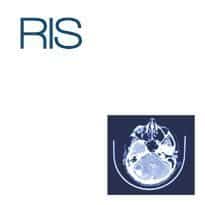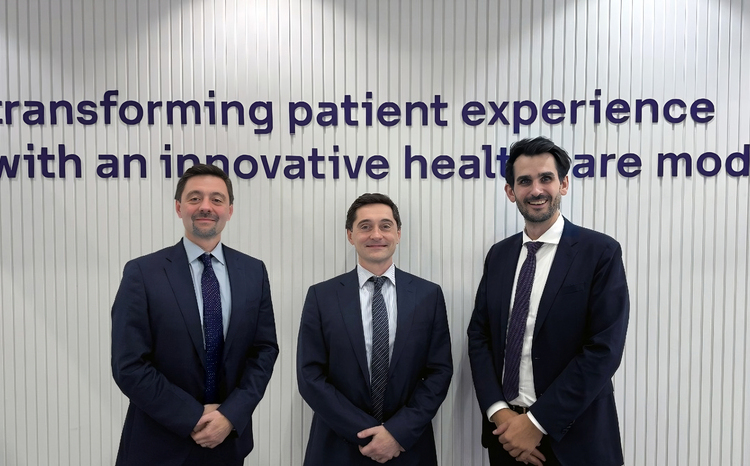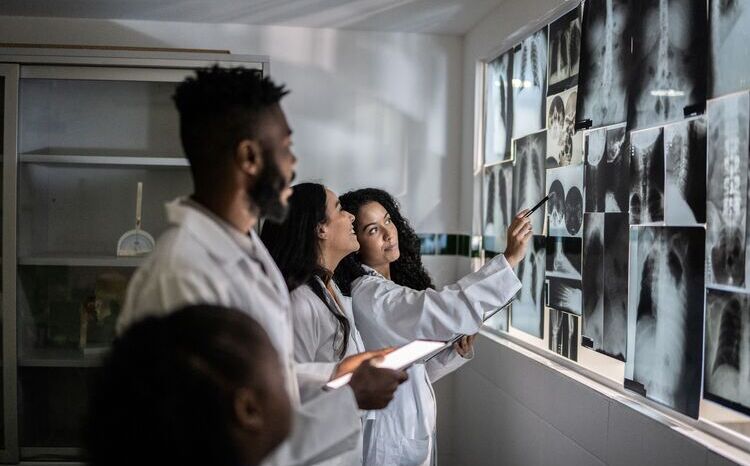Midlands consortium adopts Soliton RIS
- 21 August 2014

A consortium of three Midlands hospitals – University Hospitals Coventry and Warwickshire NHS Trust, George Eliot Hospital NHS Trust and South Warwickshire NHS Foundation Trust – has implemented Radiology+, a radiology information system from Soliton.
The trusts had previously been using a RIS from HSS, procured under the National Programme for IT. The contract was due to run out in June 2013, so the three trusts grouped together to purchase a new RIS and picture archiving and communications system, using the Official Journal of the European Union.
Phil Lindley, IT clinical systems manager at University Hospitals Coventry and Warwickshire, said the consortium approach made sense: “We’re the test referral centre for the other two sites, so most of their work comes our way for specialist treatment. It made it an obvious thing to do to join up as a consortium approach for both RIS and PACS, as it means we can see patients across all three sites.”
Lindley said the consortium chose the Soliton RIS partly because of the relatively low cost, and partly because of the opportunities it offered:
“The product was exciting and different, and we felt we had a chance to work with the company to develop it.”
The procurement process began at the end of 2011, and the new RIS went live in May 2013. Data migration proved to be the biggest challenge, said Lindley:
“We had a single HSS RIS, whereas George Eliot and Warwick were using a shared instance, so we had to migrate three lots of data and incorporate it into one database.
“The data migration was the most frustrating bit – you had to do a lot of validation to make sure data was passed over correctly and mapped to the right fields.”
Lindley said that Soliton had provided a lot of onsite support and training during the transition period.
“We’re quite a big trust, and we have just over 600 users, so the training, which included use of the new voice recognition system, took a little while. We were doing PACS at the same time, so that doubled the work instantly.”
He added that the changeover had still been difficult for some users: “It has taken a year to get used to it. Having had an HSS product for seven years, the nature of the beast is that people get stuck in their ways.”
The trusts have seen improvement in workflow, however, said Lindley. In nuclear medicine, for example, where patients often need several appointments, the RIS is able to take multiple bookings and, if one is changed, the other bookings move accordingly into the appropriate positions in the diary.
The trusts are continuing to work with Soliton on changes to the product, said Lindley: “They’re working closely with us all the time. We have put in requests for them to develop their product, and they’re taking it forward in leaps and bounds.”
Lindley said that he would advise other trusts implementing a new RIS not to underestimate the resources required. He added: “Get as many people involved within the department from different disciplines – radiologists, radiographers, a booking clerk, a receptionist. They can be involved with testing their section to make sure it’s working correctly and they can have their say in how the product’s built.”




